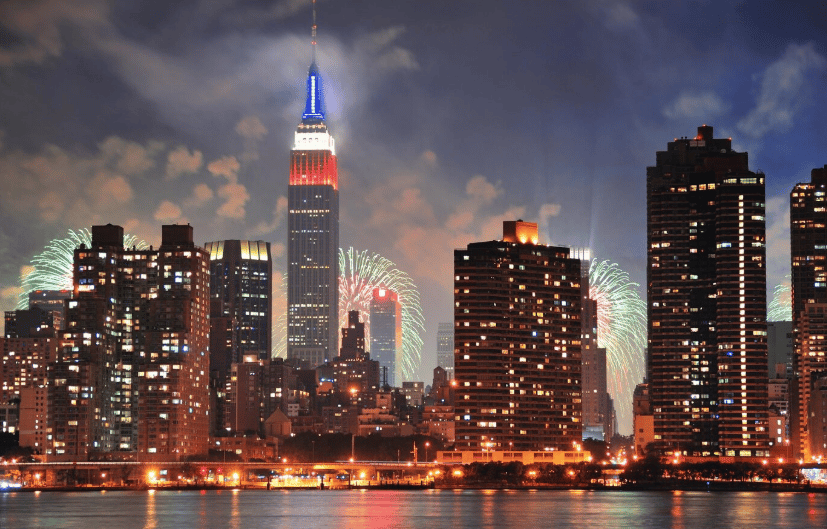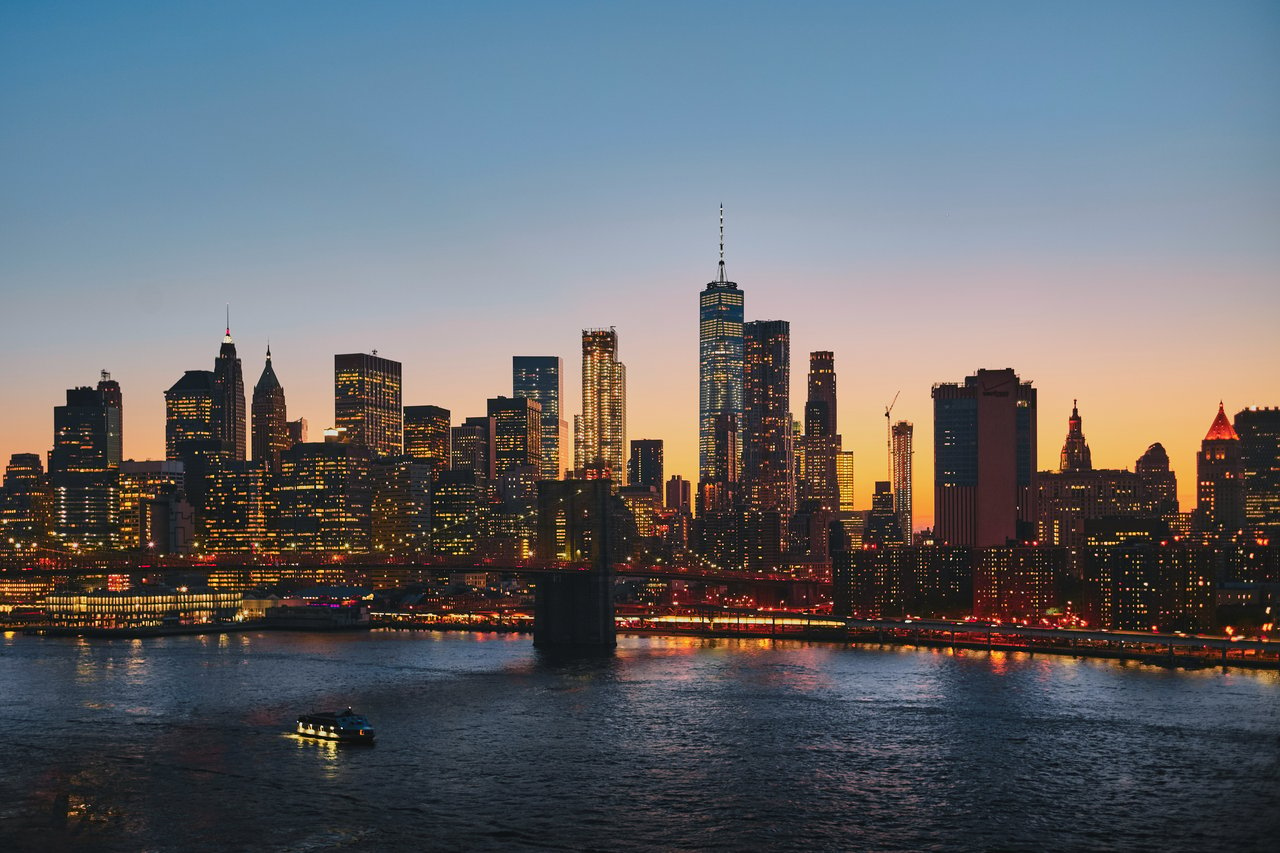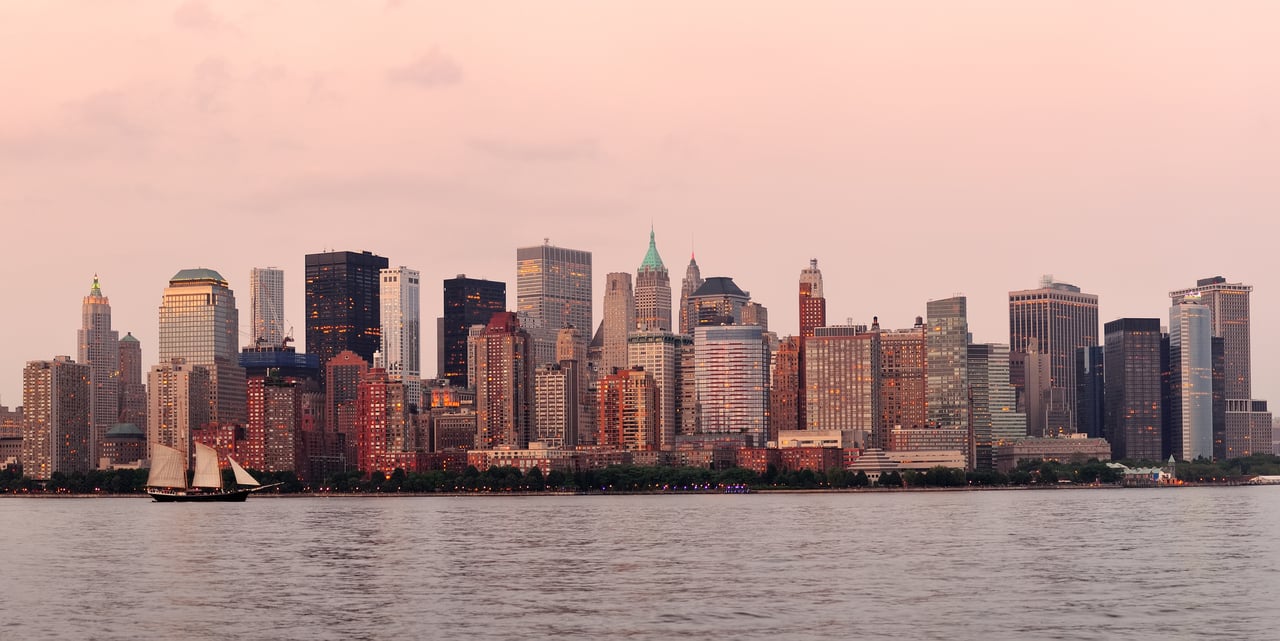When I bought my brownstone in Bed-Stuy, it wasn’t a shot in the dark. I had lived here before. I knew the neighborhood beyond the buzzwords. And most importantly, I didn’t approach the purchase with rose-colored glasses. I wanted a property that could serve both as a home and an asset, something that held emotional value but also made financial sense.
This post outlines what truly makes a Bed-Stuy brownstone a smart buy, based on firsthand experience and years of close observation. And because real estate is never just upside, I’ll also cover three common pitfalls that buyers should consider before signing on the dotted line.
1. Rental Income Potential in the New Remote Work Economy
A significant reason Bed-Stuy brownstones remain smart investments is the strength of the local rental market. And not just any rental market, but one driven by tenants who increasingly work from home and prioritize space, comfort, and design over proximity to Midtown.
After I closed on my property, I renovated the garden level into a one-bedroom rental. I anticipated some interest, but the demand was overwhelming. My tenants—both working in tech chose Bed-Stuy not despite the commute, but because they didn’t need to commute at all. They wanted room to spread out, natural light, and character.
The Shift in Renter Priorities
Post-2020, the profile of Brooklyn renters changed. Here’s what today’s remote-working tenants are looking for:
-
More square footage for home offices
-
Outdoor space like a backyard or private terrace
-
Architectural detail that doesn’t feel sterile
-
Quiet blocks with easy access to neighborhood amenities
They are no longer focused on being close to Manhattan. Instead, they want a comfortable, inspiring space where they can live and work. That gives Bed-Stuy brownstone owners a clear advantage.
Rental Income Example: My First Floor Unit
|
Feature |
Details |
|---|---|
|
Layout |
1BR, 1BA, private entrance |
|
Monthly Rent |
$3,000 |
|
Occupancy Rate (Yr 1) |
100% |
|
Tenant Profile |
Tech workers, fully remote |
|
Renovation Cost |
~$45,000 |
That rental income covered my property taxes, water bill, and contributed toward the mortgage. It wasn’t a hypothetical benefit it was immediate.
2. Pricing Still Has Upside (Yes, Really)
There’s a widespread assumption that the Bed-Stuy “moment” has passed. The neighborhood is already too expensive to offer future appreciation. But the numbers tell a different story, especially when compared to other brownstone neighborhoods.
When I bought, I toured homes in Park Slope, Fort Greene, Clinton Hill, and Prospect Heights. What stood out? The pricing delta. You could pay nearly $3 million in Fort Greene for what costs under $2 million in Bed-Stuy. That spread is still there today, and it offers real long-term upside.
Comparative Pricing Table
|
Neighborhood |
Median Price (2–3 Family Brownstone) |
Price/SF |
General Condition |
Avg. Rent Potential |
|---|---|---|---|---|
|
Fort Greene |
$2.9M |
$1,200 |
Excellent |
$6,000–$7,000/month |
|
Park Slope |
$3.2M |
$1,250 |
Excellent |
$5,800–$6,500/month |
|
Bed-Stuy |
$1.85M |
$750 |
Mixed |
$5,500–$6,800/month |
|
Crown Heights |
$1.6M |
$680 |
Varies widely |
$4,800–$6,200/month |
The gap isn’t just about pricing it’s about opportunity. Bed-Stuy homes often have more interior space, outdoor square footage, and historic charm than their more expensive counterparts.
Real Example from My Search
I viewed two nearly identical properties: one in Fort Greene for $2.95M and one in Bed-Stuy listed at $1.89M. Both had high ceilings, original mantels, and three livable floors. The difference? Two subway stops and over a million dollars. For my goals—live-in potential and passive income the choice was obvious.
3. Architectural Character That Holds Value
There’s no substitute for original detail. You can’t fake hundred-year-old crown moldings, inlaid hardwood floors, or pier mirrors in a parlor. These architectural features are part of why Bed-Stuy brownstones continue to attract design-savvy buyers and renters alike.
When I started my renovation, I made a conscious choice to preserve as much of the original material as possible. That included:
-
Marble fireplace mantels
-
Hand-carved staircase newel posts
-
Pressed tin ceilings in the kitchen
-
Oversized wooden windows with functioning shutters
Preservation took longer and cost more. But it increased the property’s long-term desirability and appraised value.
What Buyers and Renters Respond To
Most people walking into a well-preserved brownstone respond emotionally before they ever consider square footage or price per foot. That emotional connection—built from high ceilings, daylight flooding a parlor, and the tactile feeling of aged wood—is part of what makes these homes timeless.
Even renters are willing to pay more for aesthetic authenticity. In multiple conversations, prospective tenants told me they’d rather rent a unit with "real Brooklyn character" than live in a glassy new development with no history.
4. Flexibility in Layout and Lifestyle
Brownstones aren’t just beautiful. They’re adaptable. Unlike co-ops or condos with rigid layouts and building rules, Bed-Stuy brownstones let you configure your space around your life—not the other way around.
When I moved in, I lived on the upper two floors and rented out the garden level. Later, when my parents came to live with me during a long stay, I easily converted the layout to accommodate them while keeping our privacy intact.
Common Brownstone Configurations
|
Layout Type |
Use Case |
|---|---|
|
Triplex over garden rental |
Owner lives in 3 floors, income below |
|
Upper duplex + parlor rental |
Owner-occupied upstairs, Airbnb below |
|
Full single-family |
Multi-gen living or larger family unit |
|
Parlor + upper rental (inverted) |
Long-term tenants with backyard access |
This flexibility gives owners multiple paths to adapt as their needs change whether that's raising kids, aging in place, or creating a live-work setup.
In contrast, a condo purchase often locks you into a layout, a lifestyle, and a set of rules you cannot change. That’s fine for some. But brownstone ownership gives you room to evolve.
5. A Neighborhood with Culture and Community
Bed-Stuy is more than a collection of properties. It’s a living neighborhood with a distinct rhythm and soul. From the jazz clubs to the community gardens, the farmers markets to the sidewalk conversations, this is a place that feels alive in a way few neighborhoods do.
I first rented in Bed-Stuy over a decade ago. Back then, my landlord would shovel not just his sidewalk but ours too. That spirit of shared responsibility still exists today, even as the demographics shift and new businesses open.
Cultural Anchors in the Community
-
Sincerely, Tommy: Concept store that supports local designers
-
Bar LunÀtico: Live music and small plates in an intimate setting
-
Restoration Plaza: A hub for community programs and events
-
Bed-Stuy Strong: Mutual aid group that exemplifies neighborhood values
-
Brownstone Jazz: Basement concerts that bring you back in time
Living here doesn’t feel like checking into a curated zip code. It feels like belonging to a place with roots. And that cultural fabric supports property values just as much as zoning or infrastructure.
What Doesn’t Make a Bed-Stuy Brownstone a Smart Buy
Not every brownstone is a hidden gem. Some are money pits dressed up in staging. Others are financially risky if you’re expecting instant returns. Let’s talk about what to watch out for.
1. Falling for Cosmetic Renovations
Some brownstones are flipped quickly to capitalize on market momentum. Shiny finishes, staged furniture, and open layouts can distract from the real issues. I saw several listings with gorgeous kitchens but no permits on file, or new drywall hiding ancient knob-and-tube wiring.
What to Ask Before Buying a Renovated Brownstone
-
Were proper permits pulled?
-
Are plumbing and electrical fully updated?
-
What’s the age and service record of the roof?
-
Have windows and masonry been repaired or replaced?
Do not skip inspections. And do not waive contingencies because the open house music made you feel warm inside.
2. Underestimating Maintenance and Operating Costs
Owning a brownstone is rewarding, but it’s not maintenance-free. Unlike condos, you are responsible for everything from the roof to the sidewalk.
Here's what I spent in my second year:
|
Expense |
Annual Cost |
|---|---|
|
Property Taxes |
$8,900 |
|
Water & Sewer |
$2,000 |
|
Heating (Gas/Oil Mix) |
$2,400 |
|
Roof Work (Partial) |
$6,000 |
|
General Repairs |
$3,200 |
|
Insurance |
$2,200 |
|
Total |
$24,700 |
This doesn’t account for large capital projects like window replacements or tuckpointing brickwork. Plan for both expected and unexpected expenses. Otherwise, your dream house will feel like a burden.
3. Believing It’s Still “Up-and-Coming”
The media loves to paint Bed-Stuy as perpetually emerging. That narrative keeps buyers thinking they’re getting in early. But in reality, much of the core has already appreciated significantly. You’re not buying at the bottom you’re buying into a market that’s matured.
There is still room for growth. But it won’t be the hockey-stick curve some investors are expecting. If your financial model only works with 15 percent annual appreciation, rethink your approach. Buy for value, income, and lifestyle. Let appreciation be the bonus, not the baseline.
Ready to Explore a Brownstone of Your Own?
If you’re still reading, you’re probably serious about buying—or at least curious enough to consider it. And that’s the right mindset. Brownstones are not for the casual buyer. But if you want something real, lasting, and flexible, they’re one of the smartest long-term real estate plays in New York.
So where do you go from here?
Here’s a quick starter checklist:
-
Walk different blocks at various times of day
-
Talk to neighbors, not just agents
-
Run the numbers on real income and costs
-
Bring in an inspector before you fall in love
-
Prioritize layout, structure, and location over staging
And if you want help thinking through your options, feel free to reach out. I’m not just talking from theory. I’ve been through the process, made the decisions, and lived the outcome.
Let’s talk about what kind of brownstone might work for you based on facts, not fantasy.



